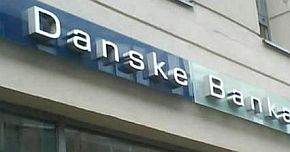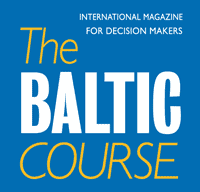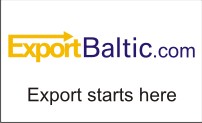Analytics, Baltic States – CIS, Economics, EU – Baltic States, Financial Services, Investments
International Internet Magazine. Baltic States news & analytics
Sunday, 22.06.2025, 06:52
Danske: GDP growth in Lithuania and Latvia will remain the same, Estonia’s will decrease
 Print version
Print version |
|---|
Taking into consideration the current challenges, analysts of Danske Bank cut the previous Lithuania's economic growth forecast for 2014 from 3.7% to 3%.
According to economists of Danske Bank, growth in consumption, which boosts Lithuania's economy, has been lasting for several years in a row; it is determined by increase in purchasing power and state spending.
"It is highly likely that low inflation and approaching membership in the euro area will allow to maintain the growth rate of consumption. In addition, preconditions for the further growth in consumption are determined by household borrowing, which has been consistently rising since 2011. As a result, there is enough potential for consumption to grow and expand and accordingly boost economy in the country," said Giedre Geciauskiene, Head of Danske Markets Lithuania at Danske Bank.
Giedre Gechyauskene evaluating the context of the Baltic countries, the growth rate of Lithuania and Latvia should remain intact – the neighboring country's annual GDP should reach 3.6%. Meanwhile, the Estonian economy in connection with the retreat of public-sector spending is on the decline – annual GDP should reach 1.6%.
Danske Bank analysts predict that in 2014 the growth of the private sector in Lithuania will be the fastest and will reach 3.8%. In Latvia it will constitute 2.2% and in Estonia – only 0.7%.








 «The Baltic Course» Is Sold and Stays in Business!
«The Baltic Course» Is Sold and Stays in Business!

